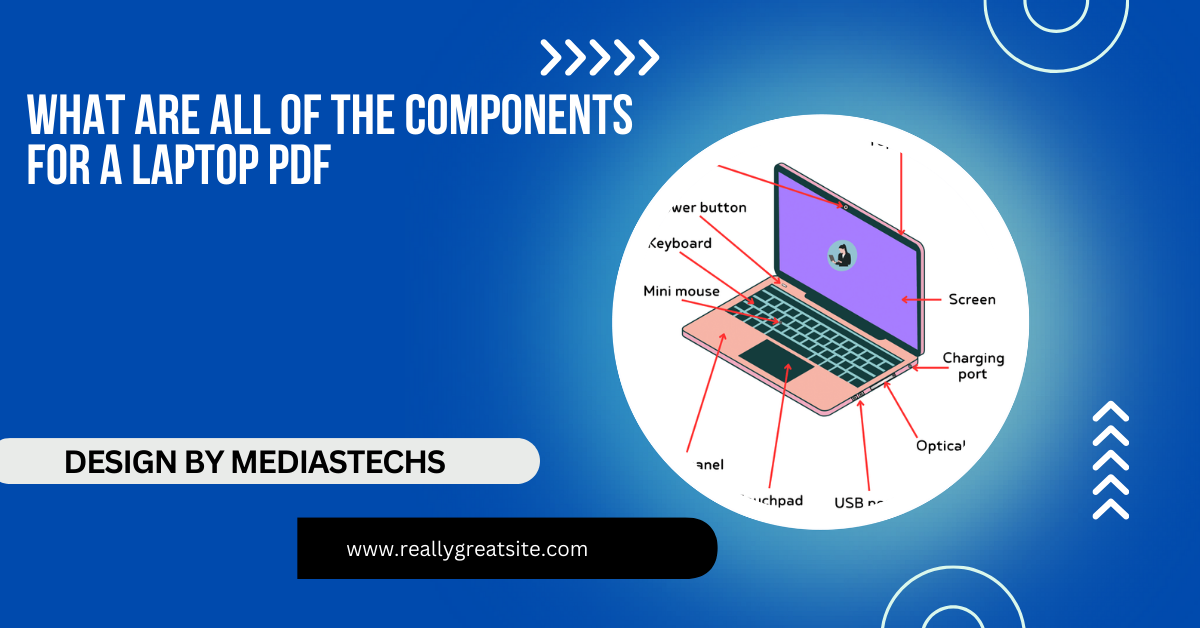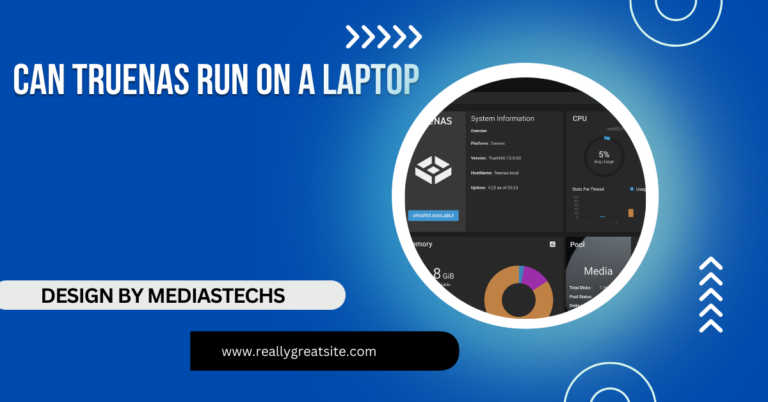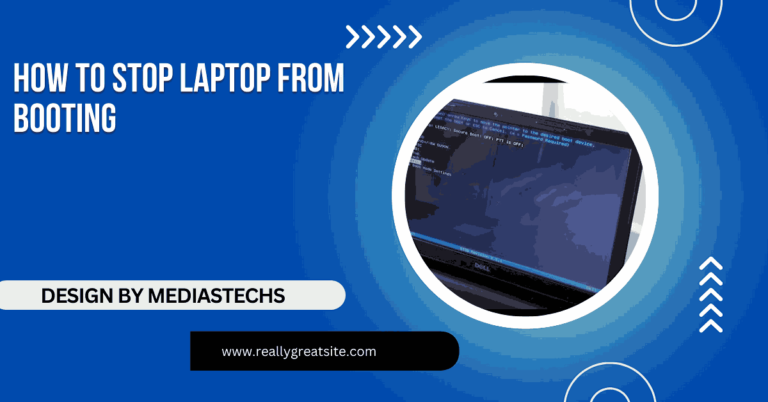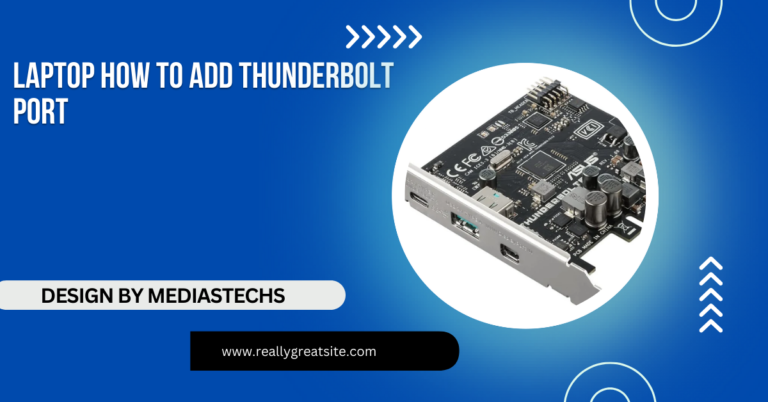What Are All Of The Components For A Laptop Pdf – A Comprehensive PDF Guide!
Learn about all the essential components inside a laptop, from the CPU to the battery, in this easy-to-read guide.
In this article, we break down every essential component inside a laptop, explaining each part’s purpose and how it affects performance. From the CPU and GPU to the battery and storage, we provide clear, practical insights. Download our PDF guide for easy reference and better understanding of laptop hardware.
Downloadable PDF Guide:

For those who prefer a portable, printable version, download our comprehensive PDF guide on laptop components here. This PDF covers all of the main laptop components and is designed to be easy to read and accessible on any device.
Key Components of a Laptop:
Here’s a breakdown of all the essential components in a laptop and their roles:
1. Central Processing Unit (CPU):
- Purpose: The CPU, or the “brain” of the laptop, handles all processing tasks, computations, and command executions.
- Types: Intel and AMD are the primary manufacturers, with models like Intel Core and AMD Ryzen being popular options.
- Impact on Performance: A faster CPU leads to smoother multitasking, faster processing speeds, and improved overall performance.
2. Graphics Processing Unit (GPU):
- Purpose: The GPU manages graphics and visual output, crucial for gaming, video editing, and graphic design.
- Types: Dedicated GPUs (e.g., NVIDIA GeForce, AMD Radeon) vs. Integrated GPUs (often within the CPU).
- Impact on Performance: A powerful GPU is essential for rendering high-quality visuals and supporting intensive graphic tasks.
3. Random Access Memory (RAM):
- Purpose: RAM temporarily stores data that the CPU needs for quick access, enabling faster data processing and multitasking.
- Types: Common sizes range from 4GB to 32GB; higher capacities are ideal for multitasking and running heavy applications.
- Impact on Performance: More RAM allows for more applications to run smoothly without lag.
Read More :http://How Do You Screen Capture On A Dell Laptop – A Step-by-Step Guide!
4. Storage Drive (HDD or SSD):
- Purpose: The storage drive holds the laptop’s operating system, applications, files, and other data.
- Types: HDD (Hard Disk Drive) vs. SSD (Solid State Drive). SSDs are faster and more reliable but typically more expensive.
- Impact on Performance: SSDs improve boot times, file access speeds, and overall responsiveness compared to HDDs.
5. Motherboard:
- Purpose: The motherboard is the main circuit board that connects and powers all internal components of the laptop.
- Components Connected: CPU, GPU, RAM, storage, and other critical parts are attached to the motherboard.
- Impact on Performance: A quality motherboard ensures stability, compatibility, and the ability to support future upgrades.
6. Battery:
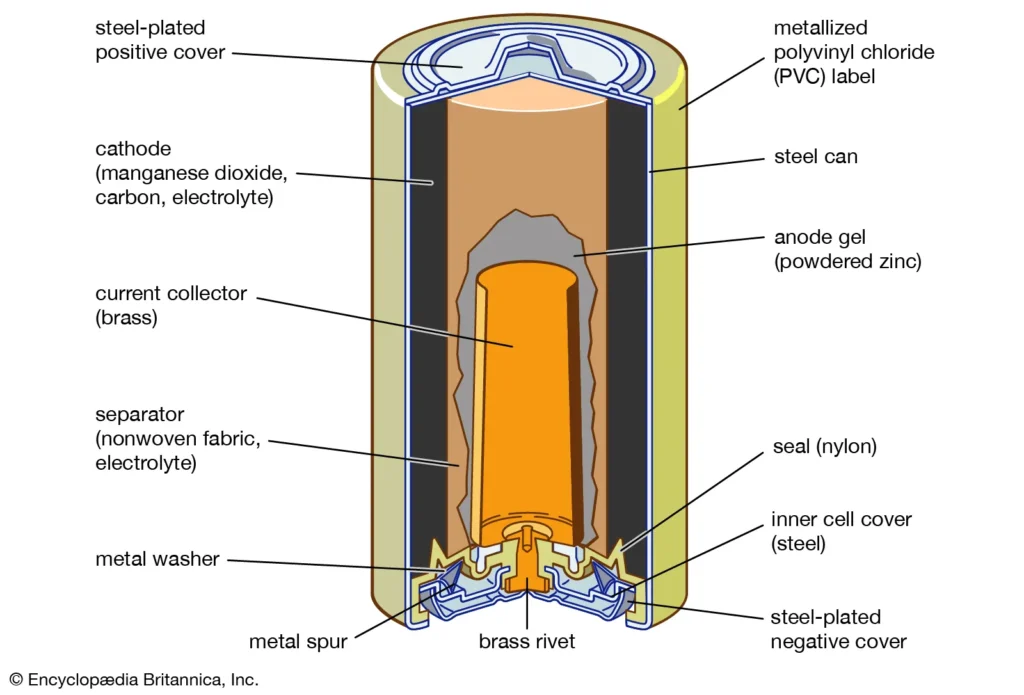
- Purpose: The battery powers the laptop when it’s not plugged into an electrical outlet, providing portability.
- Types: Lithium-ion and lithium-polymer are the most common, with varying capacities.
- Impact on Performance: A higher capacity battery provides longer battery life, crucial for on-the-go use.
7. Cooling System:
- Purpose: The cooling system prevents overheating, which could damage the CPU, GPU, and other sensitive components.
- Components: Fans, heat sinks, and sometimes liquid cooling systems.
- Impact on Performance: Effective cooling allows the laptop to maintain high performance without throttling due to heat.
8. Display:
- Purpose: The display is the screen where you view all visuals, from the operating system interface to videos and games.
- Types: LCD, LED, and OLED screens, with resolutions from HD to 4K.
- Impact on Experience: Higher resolution and better-quality displays enhance viewing comfort and visual clarity.
9. Keyboard and Touchpad:
- Purpose: These are the primary input methods on a laptop for typing and navigation.
- Types: Mechanical vs. membrane keyboards, precision touchpads with multitouch support.
- Impact on User Experience: A comfortable keyboard and responsive touchpad improve productivity and ease of use.
Read More :http://Screenshot On Hp Laptop – A Comprehensive Guide!
10. Ports and Connectivity Options:
- Purpose: Ports allow users to connect external devices like USB drives, HDMI cables, and more.
- Types: USB, HDMI, Ethernet, headphone jack, and sometimes Thunderbolt.
- Impact on Functionality: A diverse range of ports and connectivity options expands the laptop’s versatility and usability.
11. Network Card (Wi-Fi and Bluetooth):
- Purpose: The network card connects the laptop to wireless networks (Wi-Fi) and Bluetooth devices.
- Types: Wi-Fi 5, Wi-Fi 6, and Bluetooth versions vary depending on the laptop’s age and specifications.
- Impact on Connectivity: Fast and reliable Wi-Fi and Bluetooth enhance internet connectivity and peripheral connections.
12. Operating System (OS):
- Purpose: The OS is the software layer that manages the laptop’s hardware, software applications, and user interactions.
- Popular Options: Windows, macOS, Linux, and Chrome OS.
- Impact on User Experience: The OS determines software compatibility, ease of use, and user experience.
13. Sound System:
- Purpose: The sound system enhances the audio experience while using the laptop, whether for media playback, gaming, or video conferencing.
- Components: Built-in speakers, microphones, and audio jacks. Some laptops may also include advanced audio technologies for improved sound quality.
- Impact on Experience: High-quality speakers and microphones provide clearer audio, enhancing entertainment and communication experiences.
14. Webcam:
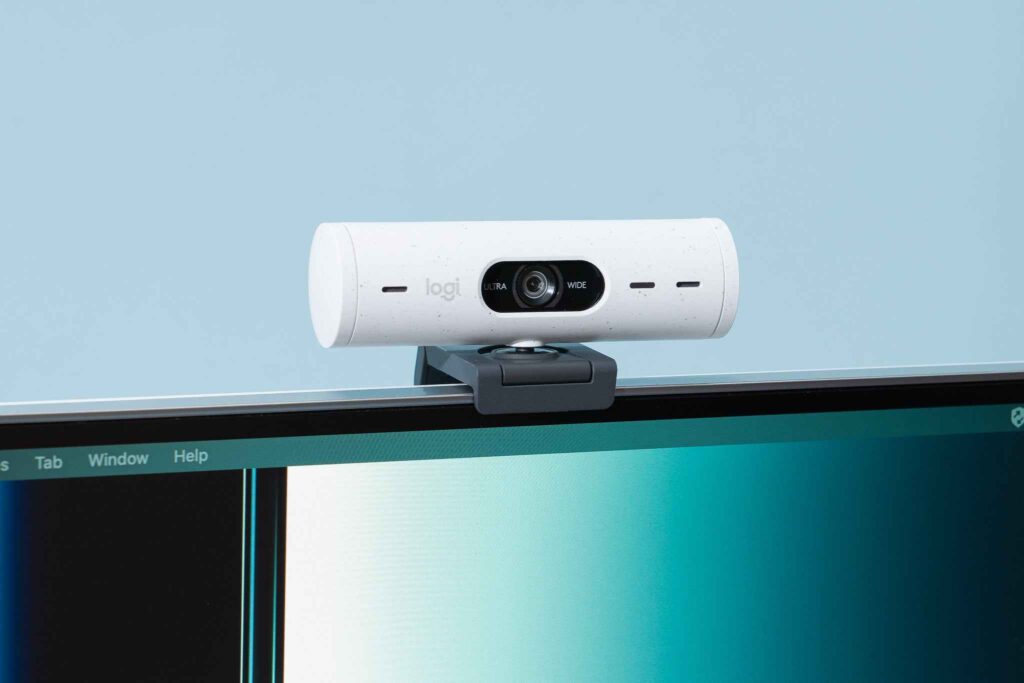
- Purpose: The webcam allows users to engage in video calls, conferences, and streaming.
- Types: Integrated webcams vs. external webcams, with varying resolutions (e.g., HD, Full HD).
- Impact on User Experience: A good-quality webcam improves video clarity during virtual meetings, making communication more effective.
15. Security Features:
- Purpose: Security features protect the laptop from unauthorized access and malware.
- Components: Fingerprint scanners, facial recognition technology, and hardware security modules (TPM).
- Impact on Security: Enhanced security features safeguard sensitive data, ensuring that only authorized users can access the laptop.
How to Use This Guide:
- Download the PDF for offline reference.
- Identify Components in your current laptop or consider these for future purchases.
- Understand Specifications to improve performance based on your needs, whether it’s for work, gaming, or casual use.
FAQ’s
1. What are the main components of a laptop?
The main components include the CPU, GPU, RAM, storage drive, motherboard, battery, cooling system, display, keyboard, and various ports.
2. Why is the CPU important in a laptop?
The CPU, often called the “brain” of the laptop, processes all commands and data, directly affecting the laptop’s speed and multitasking capabilities.
3. What’s the difference between HDD and SSD in laptops?
An HDD is a traditional storage drive with moving parts, while an SSD is faster and more durable, offering quicker boot and load times.
4. Do laptops need a dedicated GPU?
A dedicated GPU is essential for tasks like gaming and graphic design, but most general-use laptops work well with an integrated GPU.
5. How does RAM impact laptop performance?
RAM allows the laptop to handle multiple tasks simultaneously. More RAM generally means better multitasking and faster performance with intensive applications.
Conclusion:
Understanding the core components of a laptop gives you the power to make informed decisions about upgrades, troubleshooting, and purchasing. Whether you’re a beginner or a tech expert, this guide aims to demystify laptop hardware, explaining each component’s role in the device’s overall performance. Download the PDF now and keep it handy as your go-to resource for all things laptop components.

